Thor der Donnergott in der nordische Mythologie

Pagan Gods, Norse Pagan, Old Norse, Art Viking, Rune Viking, Viking Warrior, Norse Mythology
Thor - a temperamental thunder-god. Thor the thunder-god is also the god of farmers and free people. He is temperamental, with red hair and bushy eyebrows. Thor has three mighty objects that he uses in the fight for order and against chaos and giants: Mjölnir, the hammer that hits whatever he throws it at, Megingjord, the belt of power that.

Thor by NatasaIlincic Thor norse, Norse mythology, Norse
Thor is the son of Odin and Jörð, [1] by way of his father Odin, he has numerous brothers, including Baldr. Thor has two servants, Þjálfi and Röskva, rides in a cart or chariot pulled by two goats, Tanngrisnir and Tanngnjóstr (whom he eats and resurrects), and is ascribed three dwellings ( Bilskirnir, Þrúðheimr, and Þrúðvangr ).
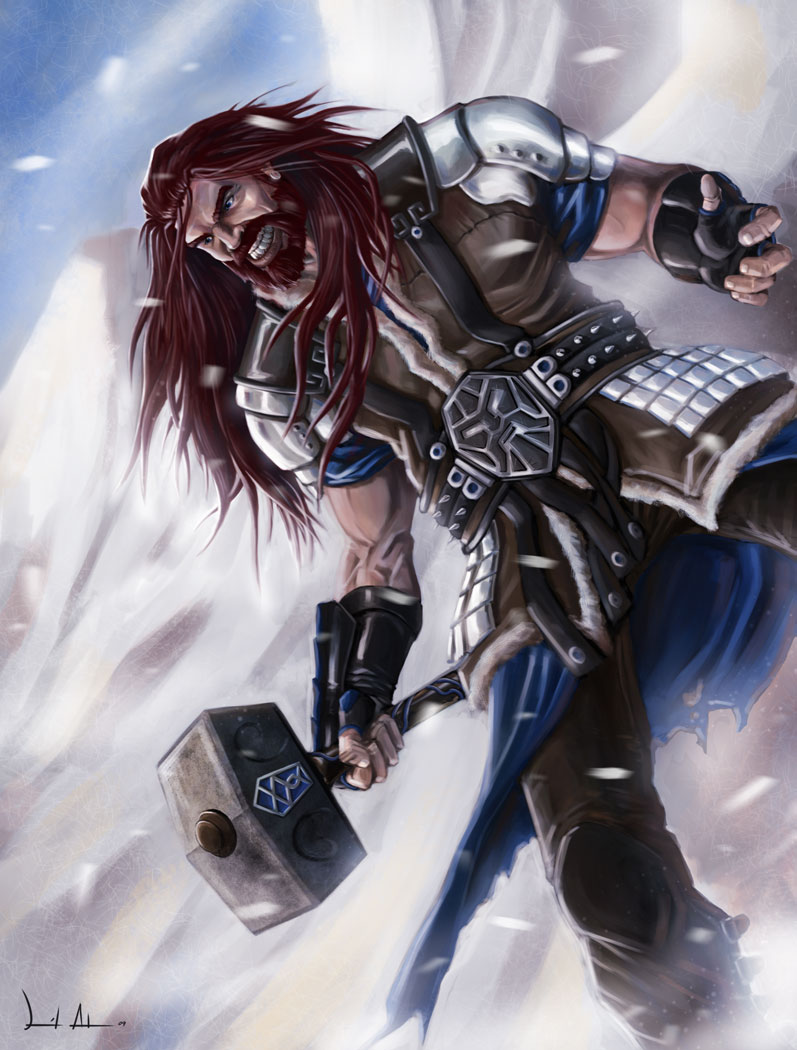
Thor Norse mythology Photo (34828581) Fanpop
Magni und Modi ( altnordisch Magni ok Móði „der Starke und der Zornige" oder „Kraft und Mut") sind in der nordischen Mythologie zwei Söhne des Gottes Thor und der Riesin Jarnsaxa. Ihre Halbschwester ist Thrud. Als seine Söhne stellen Magni und Modi personifizierte Eigenschaften Thors dar.
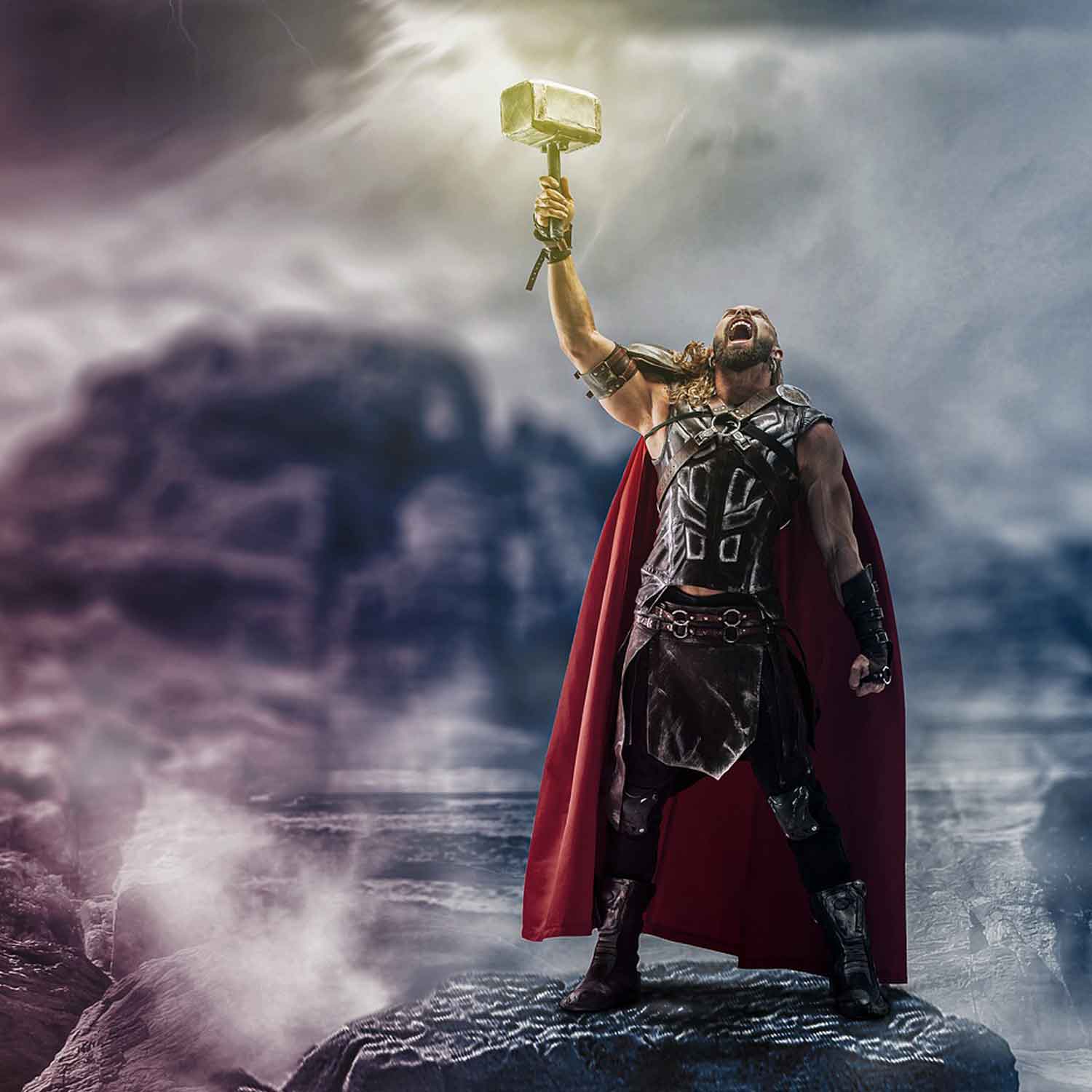
Thor der Donnergott in der nordische Mythologie
Thor oder Donnar, wie ihn die Südgermanen nannten - war der Donnergott in der nordischen Mythologie. Ihm wurden übernatürliche Kräfte nachgesagt, wodurch er zum Beschützer der Menschen und Götter avancierte. Thors Waffe war ein Hammer, namens Mjölnir, aus welchem Blitze heraustraten. Nach Thor bzw.

Thor, the Norse god Mythos Realm
Thor is the god of thunder, lightning, and storms in Norse mythology. His name is closely associated with these natural elements. Thor's name" is also related to the Old Norse word " Þunraz, " which means "thunder.". In Old Norse, the letter "Þ" is pronounced like the English "th," which is why the name "Thor" is.

VIKINGS Norse mythology book, Thor comic art, Thor art
"Thor's Battle with the Giants" by Mårten Eskil Winge (1872) Thor (Old Norse Þórr, Old English Đunor, Old High German Donar, Proto-Germanic *Þunraz, "Thunder" [1]) is one of the most prominent figures in Norse mythology.He was a major god of all branches of the Germanic peoples before their conversion to Christianity, although he reached the height of his popularity among the.

Pin de Tomáš Hodas em Gods and Goddesses Mitologia nórdica, Thor mitologia nordica, Era viking
Thor engages the dwarf in a long Q&A session about the cosmos. However, this turns out to be a ploy by Thor to delay the dwarf until daylight, which turns him into stone. Prose Edda Prologue. The Prologue of the Prose Edda serves as an introduction to Norse mythology and its pantheon. Thor is introduced as the powerful son of Odin and Earth.

A picture of an other scandinavian god, Thor, who is also extracted of "Age of Mythology". Ice
Thor ist ein mächtiger Gott - nach Odin der mächtigste unter den nordischen Göttern. Er wird als rauh und stark beschrieben. Doch ist er ausgesprochen gutmütig. Sein Reich heißt Thrudvangr. Bilskirnir, der Palast, in dem der Gott wohnt hat, soll 540 Säle haben. Er gilt als der größte Palast in ganz Asgar.

Thor (Character) Comic Vine
According to Adam of Bremen (who wrote his account - based on hearsay - c. 1070 CE) there was a great temple at Uppsala in Sweden which housed images of Thor, Odin, and Freyr, who were sacrificed to in times of famine or disease, war, or when weddings popped up, respectively.
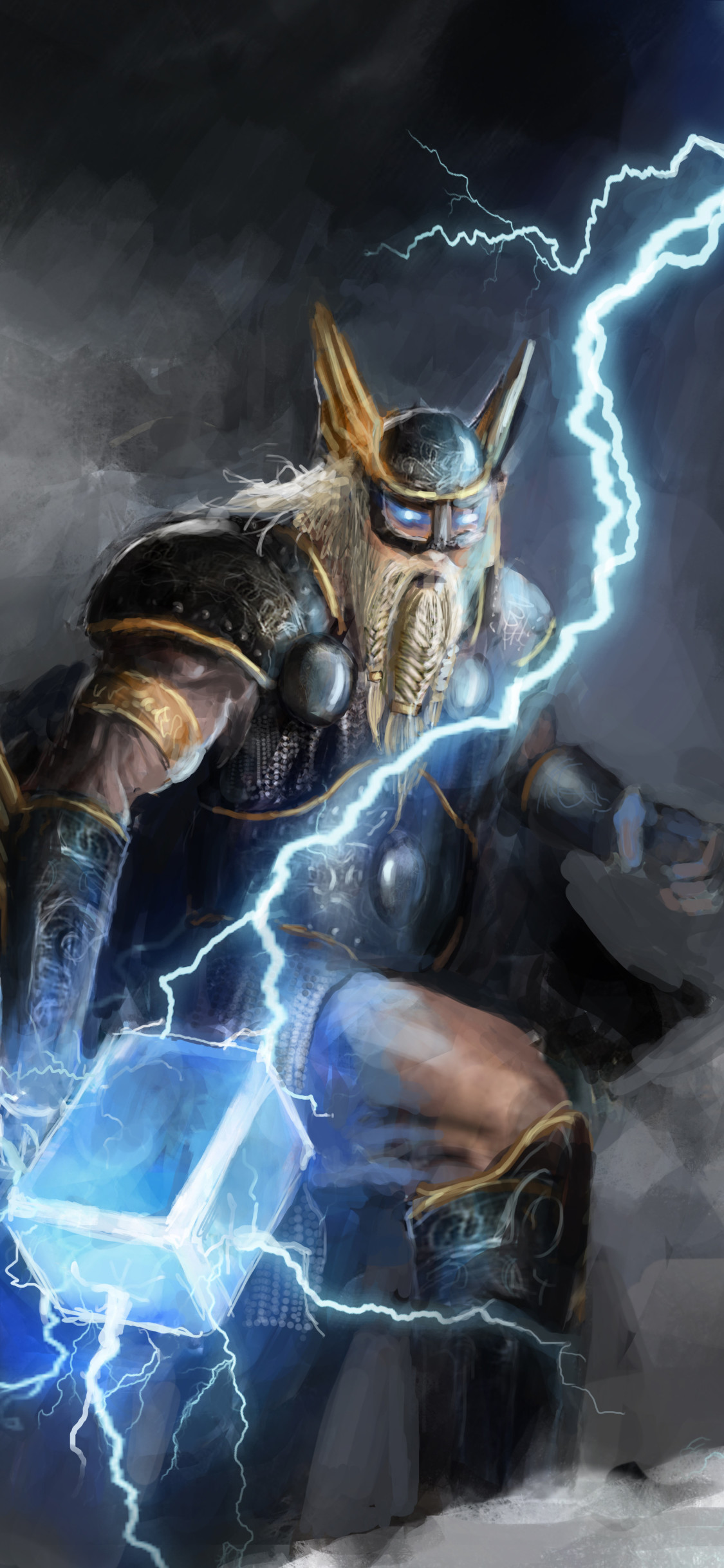
Norse Mythology Thor God Of Thunder 1125x2436 Wallpaper teahub.io
4 Thor in der nordischen Mythologie 5 Moderne Rezeption 6 Siehe auch 7 Literatur 8 Weblinks 9 Einzelnachweise Name, Etymologie und Herkunft Etymologie Thor (von Mårten Eskil Winge, 1872) Der Name der Gottheit entspricht zunächst dem gemeingermanischen Namen des „Donners", *þunraz. Er findet sich so auch namentlich im gallischen Taranis.
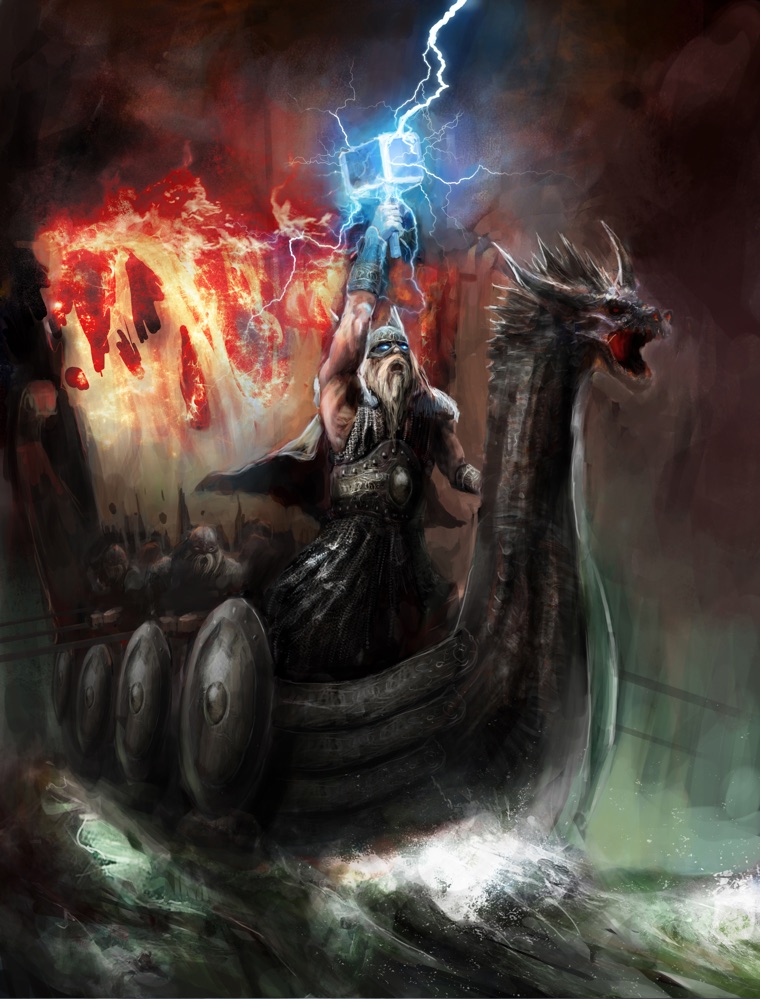
Creatures in Norse Mythology
Thor /Donar - Gewitter- und Wettergott Loki - Asischer Gott, Rolle umstritten Heimdall - Wächter des Bifrösts Hel - Herrscherin des Totenreiches Freya - Göttin der Liebe und der Ehe Freyr /Frey/Yngvi - Ahnherr der schwedischen Könige Balder - Lichtgott Was bedeutet nordische Mythologie?
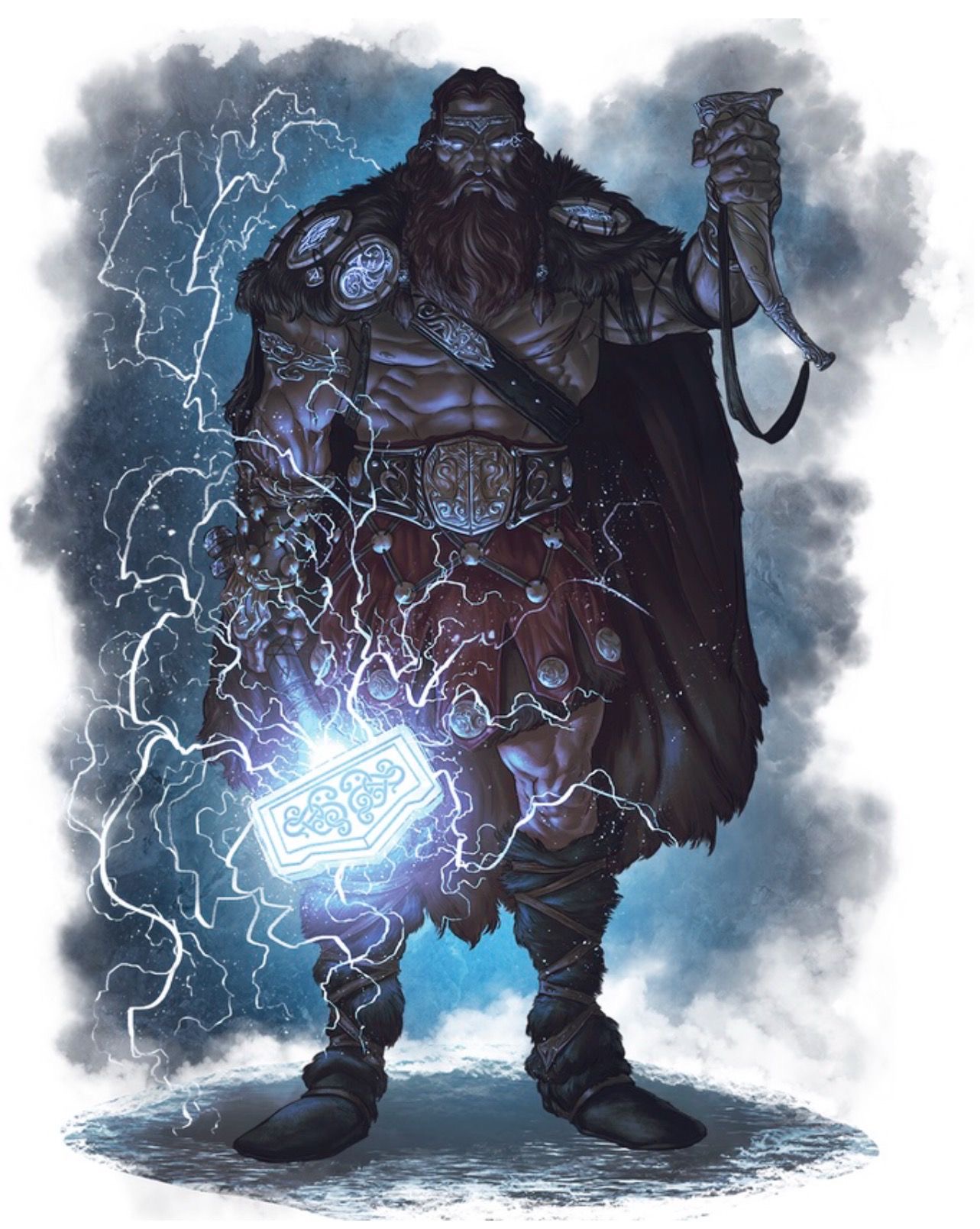
Thor Character in Ragnarok World Anvil
8 Thor Myths and Stories from Norse Mythology. Within Norse mythology, Thor is easily one of the most fascinating characters. He features in the majority of the major myths. Unlike his brother Loki, Thor does very little scheming and a great deal of fighting. For this reason he is thought of as one of the major defenders of Asgard and the Aesir.
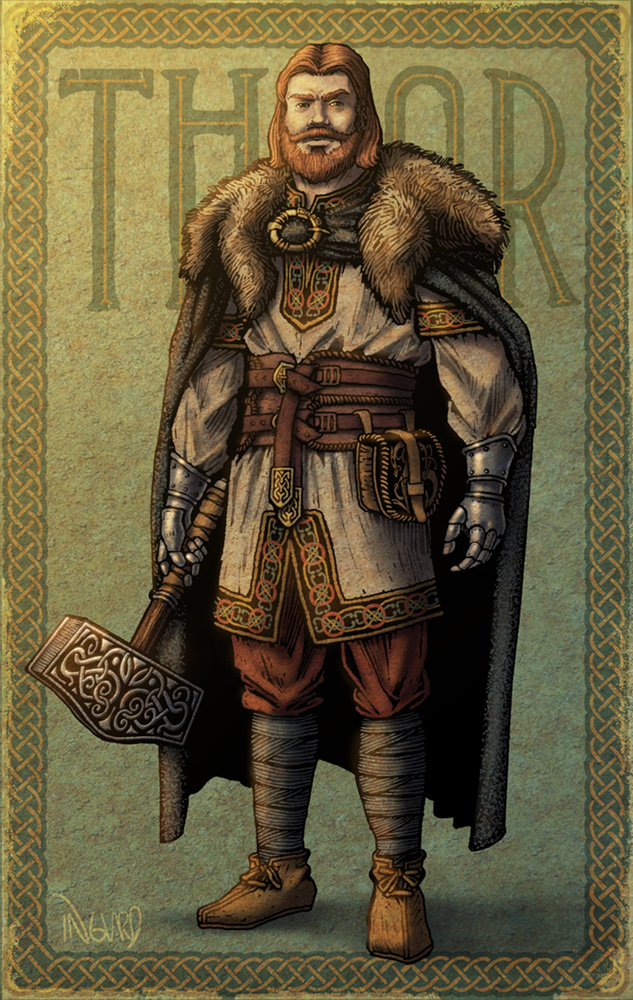
Historically Accurate Norse Gods Thor by IngvardtheTerrible on DeviantArt
Thor (Þórr) ist der Gott von Donner, Gewitter und Fruchtbarkeit und für Götter wie Menschen Beschützer vor den Riesen. Der bäurisch-derb dargestellte Gott ist auch Vater des Modi und des Magni . Beide hatte er mit der Riesin Jarnsaxa gezeugt. Die beiden werden ihn überleben und nach Ragnarök seinen Hammer Mjöllnir erben. Seine Wohnstatt in Asgard heißt Thrudvangar. In diesem.
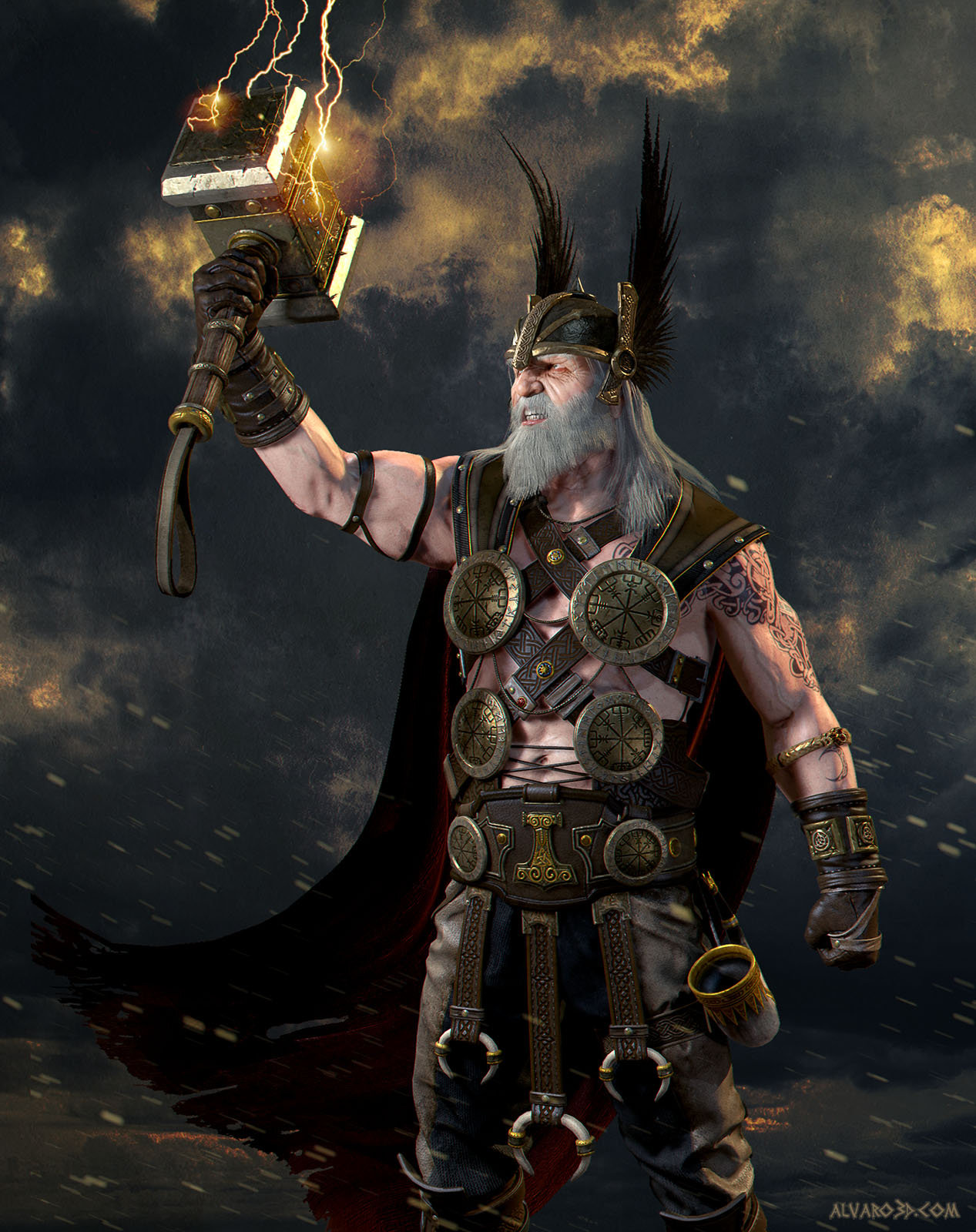
ArtStation Ancient Thor
Female. Significant other. Thor. Children. Magni. Járnsaxa ( / jɑːrnˈsæksə /; Old Norse: [ˈjɑːrnˌsɑksɑ], "iron dagger ") is a jötunn in Norse mythology. In Snorri Sturluson 's Prose Edda, she is portrayed as Thor 's lover and as the mother of Magni, a three-year-old boy with prodigious force. [1]
10 New Thor Norse God Wallpaper FULL HD 1080p For PC Desktop 2023
t e Norse, Nordic, or Scandinavian mythology is the body of myths belonging to the North Germanic peoples, stemming from Old Norse religion and continuing after the Christianization of Scandinavia, and into the Nordic folklore of the modern period.
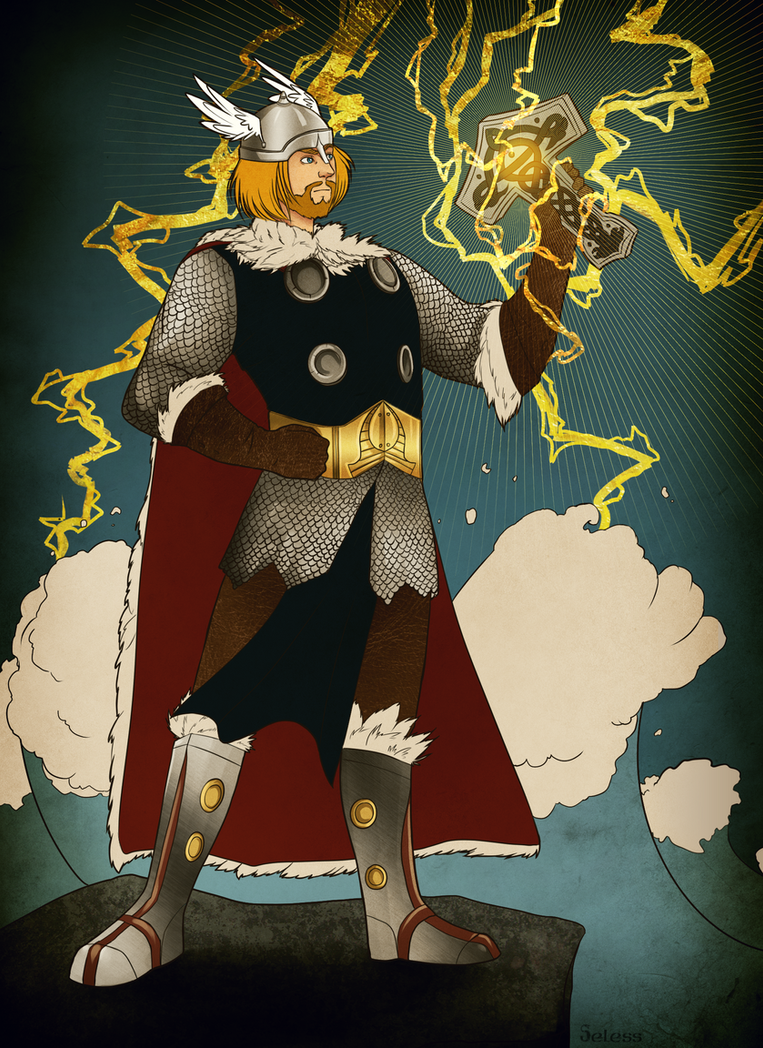
Norse mythology Thor by Seless on DeviantArt
Als nordische Mythologie bezeichnet man die Gesamtheit der Mythen, die in den Quellen der vorchristlichen Zeit Skandinaviens belegt sind. Inhaltsverzeichnis 1 Allgemeines 2 Archäologische Quellen 3 Schriftliche Quellen 3.1 Allgemeine Quellen 3.2 Quellen für die Götternamen 4 Die Mythen 4.1 Das Weltbild 4.2 Schicksal der Welt